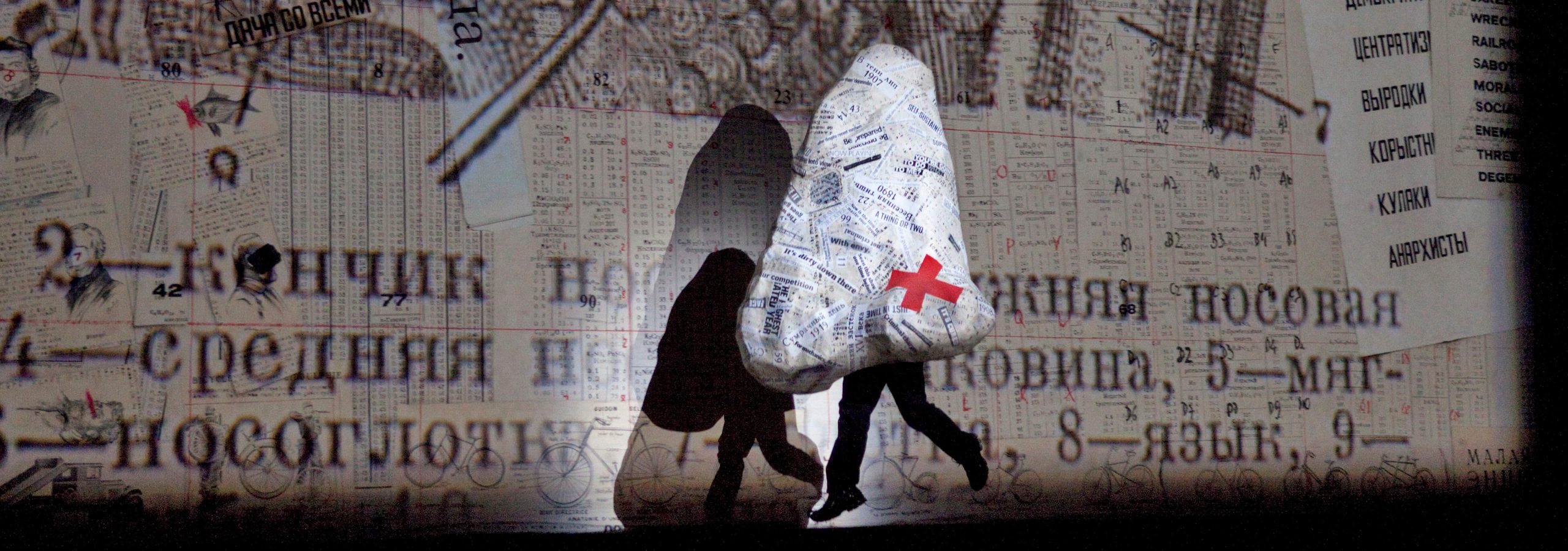



TheatreHD and Tsaritsyno State Museum-Reserve present the project Tsaritsyno. Opera at the Movies.
On 29 January 2022, at 15:00, Tsaritsyno Museum-Reserve will present Shostakovich’s The Nose, directed by William Kentridge.
Opera has always strived to attract great artistic powers to realise its most exuberant pieces. That’s why artists came to opera about as long ago as choreographers. Nowadays it is a whole branch of opera directing. The most striking – and unique – example of a directing language developed in contemporary art is that of William Kentridge. In a sense, he is a trendsetter here, combining two lines: there is Kentridge the painter, and there is Kentridge the man-who-shapes-the-space. Inside the space, however, there is a video projection that turns this painting into a living process, where the very change of the picture is very much meaningful.
Kentridge prefers to organise himself the space of an art commentary without ‘breaking into’ the operatic fabric itself, the mise en scène, and the characters.
‘For me, both the visuals and what happens on stage are part of a single thought process,’ says the director/artist.
This duality of the director’s text was very much in tune with Shostakovich. His The Nose is unconditionally considered by many to be a grotesque comic opera, but the author himself had a very different take on the score: ‘Nonsense is being made in the world,’ as Nikolai Gogol put it. It is the nonsense I try to portray as best I can World issues grab a man by the scruff of the neck. He already has a tough row to hoe. And then there are the world issues. It’s straightforward to lose your head. Or there’s a nose,’ is how Dmitri Shostakovich began his article on The Nose.
This opera grew out of Shostakovich’s memories of working as a film scorer, and so the events in it are set up like a sequence of episodes in a silent film, and the scene with the letters initially assumes a ‘montage’ of shots. The Nose also has the eccentricity of Meyerhold’s theatrical manner and the melody of German Expressionism. The opera scenario contains not only the original text of The Nose but also quotations from other works by Gogol and even a few phrases by Dostoevsky.
Yet for all the plot’s absurdity and the composition’s eccentricity, Shostakovich insisted on the opera’s seriousness, even its tragic nature. ‘I didn’t want to write satirical operas. I don’t even quite know what that means – satirical opera. In The Nose, people find satire and grotesque. But I wrote quite serious music. There is no parody or comedy in it. Indeed, what’s so funny – a man’s nose is missing. Why laugh at the poor freak: neither a man to marry nor a man to serve. I’d like to see anyone I know without a nose. They would cry without fail and in proper time. And this is a fact everyone who is going to stage The Nose has to take into account. You can read The Nose as an anecdote, but you can’t stage it as an anecdote. It is too cruel. And most importantly, it won’t be about the music.’
‘The Nose is a terrible story, not a funny one,’ Shostakovich claimed. ‘Everywhere you look, there’s a policeman. You can’t swing a cat. You can’t toss a paper. And the crowd at The Nose isn’t funny either. Separately, they seem fine, just weird. And together they are a clique. Anyone can get hounded. And there’s nothing funny about Nose’s figure either. You are not human without a nose. And the nose can become a human being without you. And even be the boss. There is no exaggeration here. If Gogol had lived to see this day, he would have seen worse. You can’t help but wonder what kind of noses are walking around these days.’
William Kentridge’s version of The Nose dialogues with the visual circumstances and references of the Soviet 1920s instead of Gogol’s Petersburg. It is the time of the young Shostakovich. And when you know that all of this artist’s video sequences always feature his cross-cutting characters from the dark history of South Africa, it becomes even more intriguing how the signs and aesthetics of several authoritarian systems and the stories of several ‘little men’ intersect in this performance.
Занятие проходит в Большом дворце музея-заповедника «Царицыно». Организатор табличкой встретит участников у касс в подземном помещении главного входа в музей (стеклянный павильон между Хлебным домом и Большим дворцом). Мы рекомендуем прийти за 15 минут до начала занятия.
Дресс-код – удобная одежда, не мешающие процессу творчества и сменная обувь.
Во время проведения мастер-класса может проводиться фото- и видеосъемка с целью некоммерческого использования материалов в социальных сетях и на официальном сайте проекта.
Регистрация или покупка билета на мастер-класс «Первая опера» означает Ваше согласие на использование материалов с Вашим изображением. Если фотосъемка для Вас некомфортна, обязательно обратитесь к организатору перед началом мастер-класса.
Музей-заповедник «Царицыно» - зона COVID free, поэтому родителям для входа на мастер-классы, предполагающие участие родителя и ребенка, понадобится QR-код или ПЦР-тест (срок действия теста – три дня). Детям QR-код и ПЦР-тест не понадобится.
Входной билет на мастер-класс дает право посещения выставки-фестиваля «Театрократия. Екатерина II и опера» без просмотра VR-спектакля.
Если у вас остались вопросы, свяжитесь с нами по электронной почте n.machikhina@tsaritsyno-museum.ru
это цикл мероприятий для детей, кинопоказы, спектакли, дискуссии, концерты
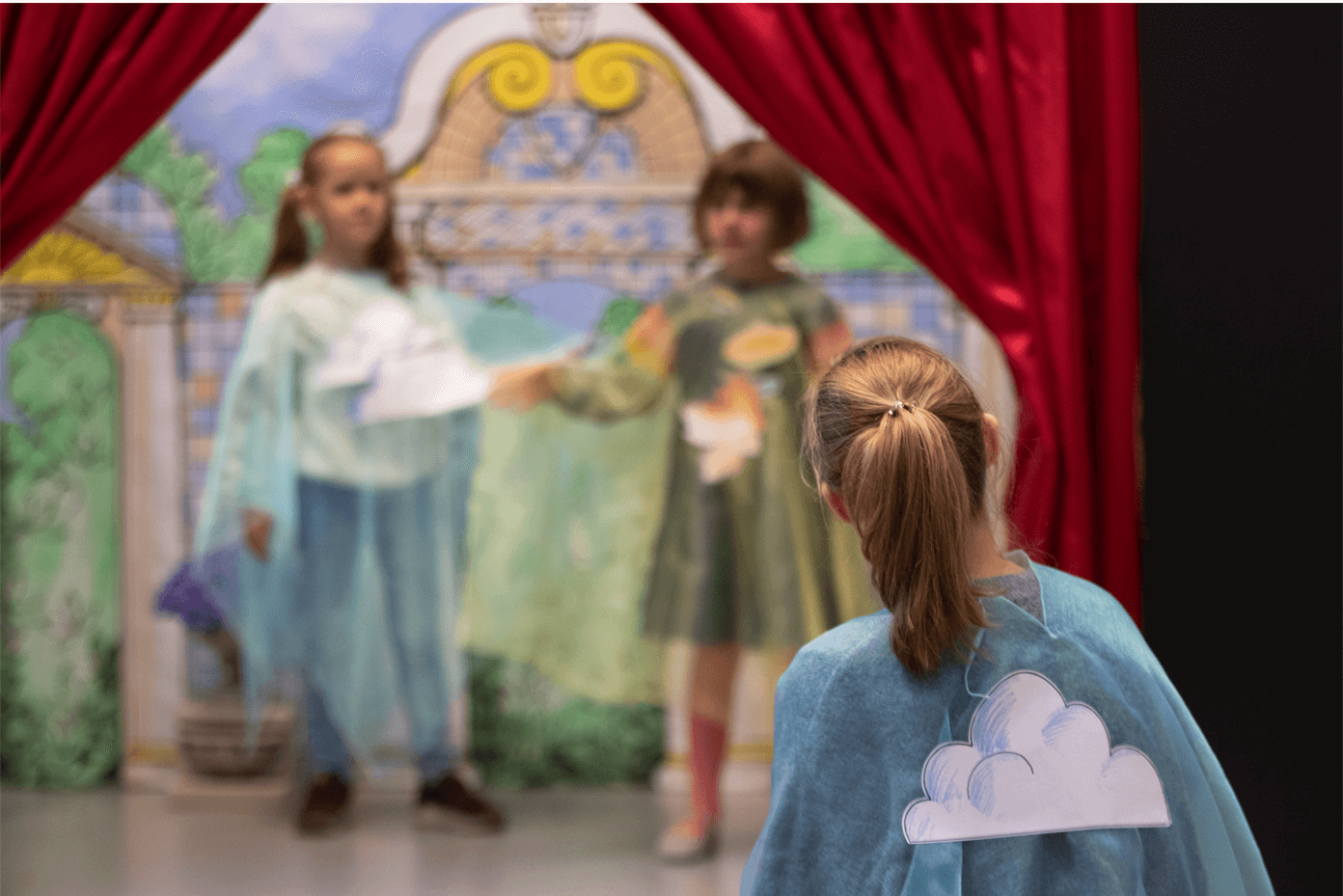
workshop
September 25 - December 25
Купить билет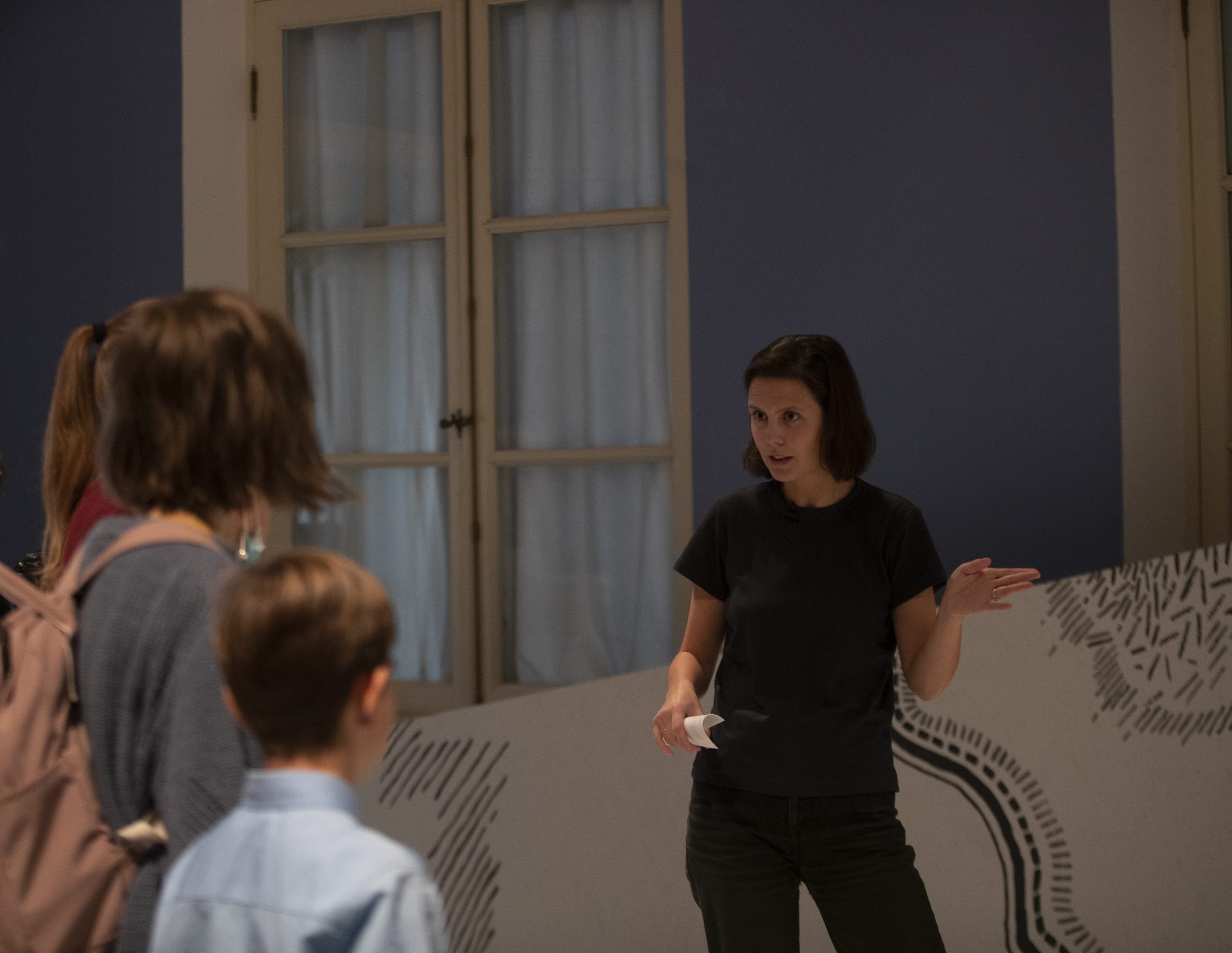
workshop
September 29 - December 26
Купить билет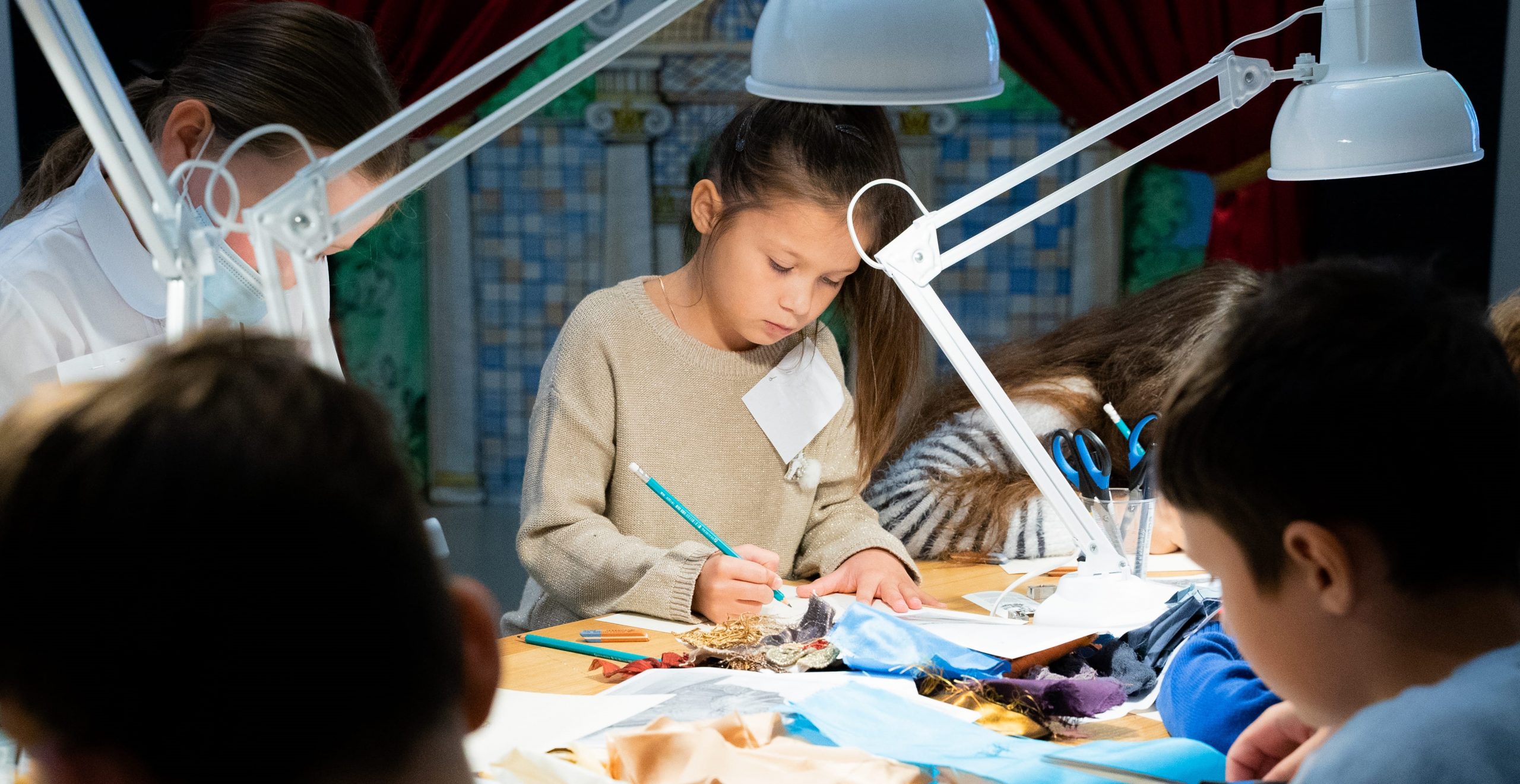
workshop
September 26 - December 19
Купить билет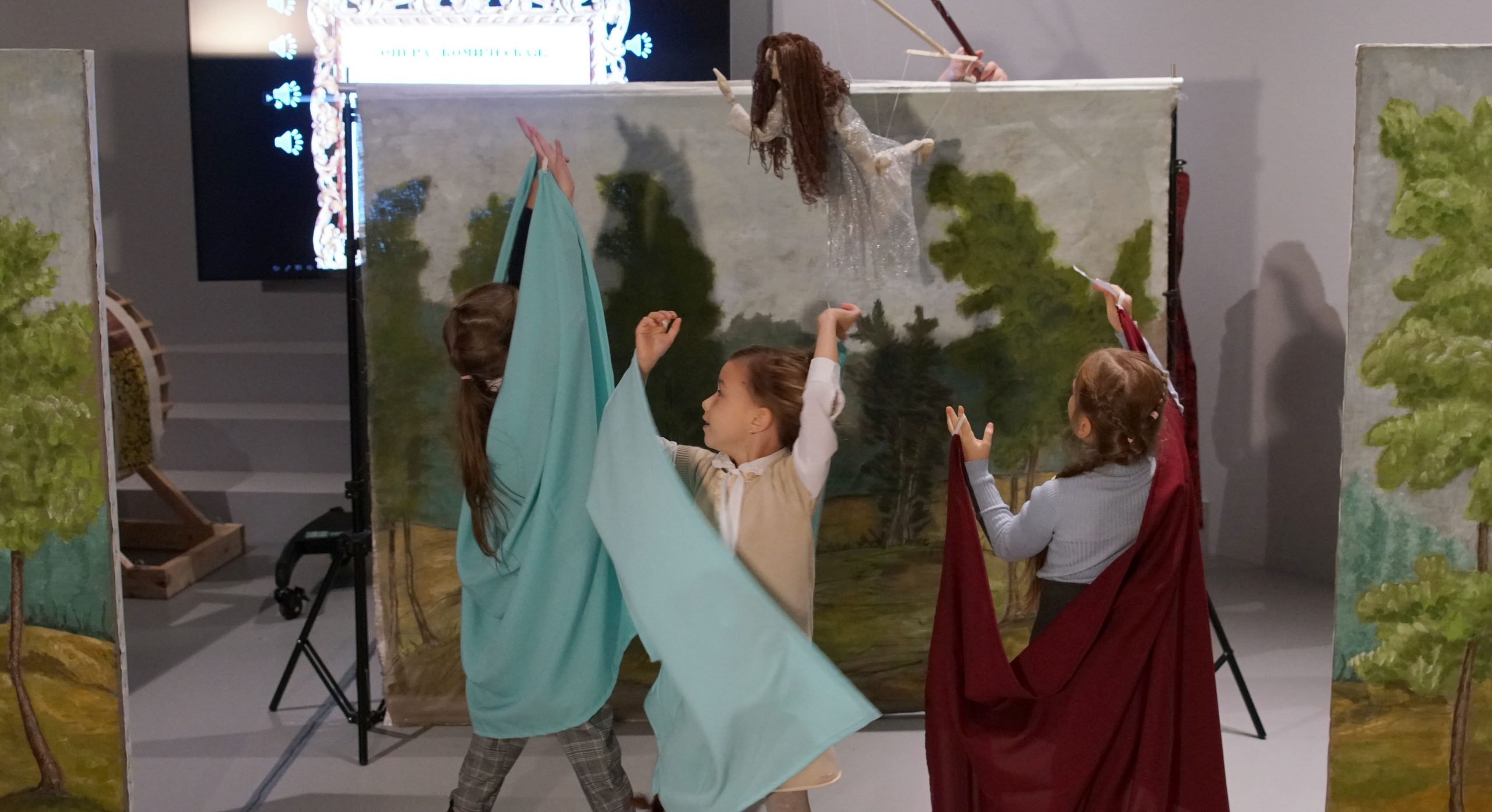
workshop
October 3 - January 9
Купить билет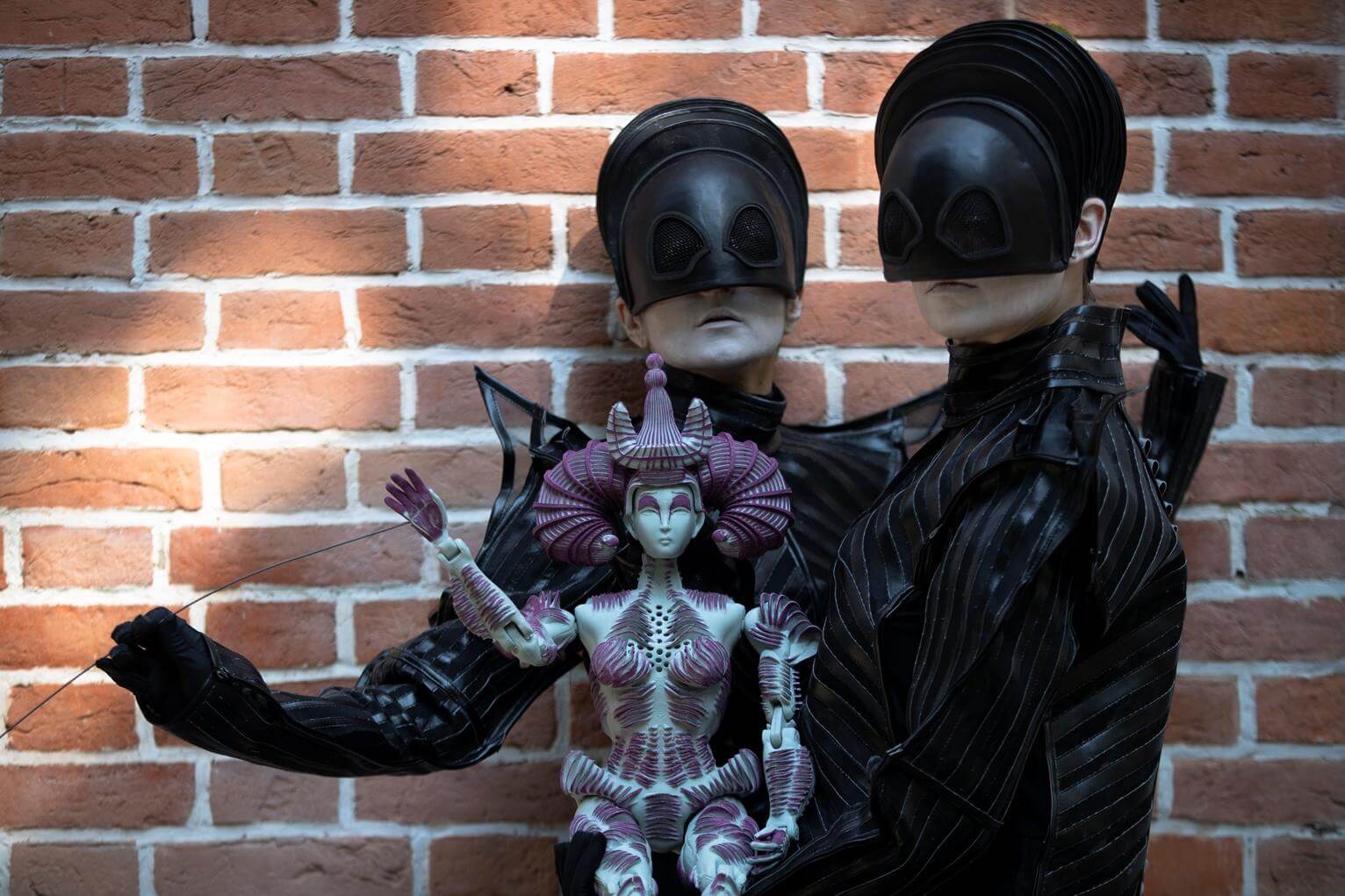
performance
October 2021 - January 2022
Купить билет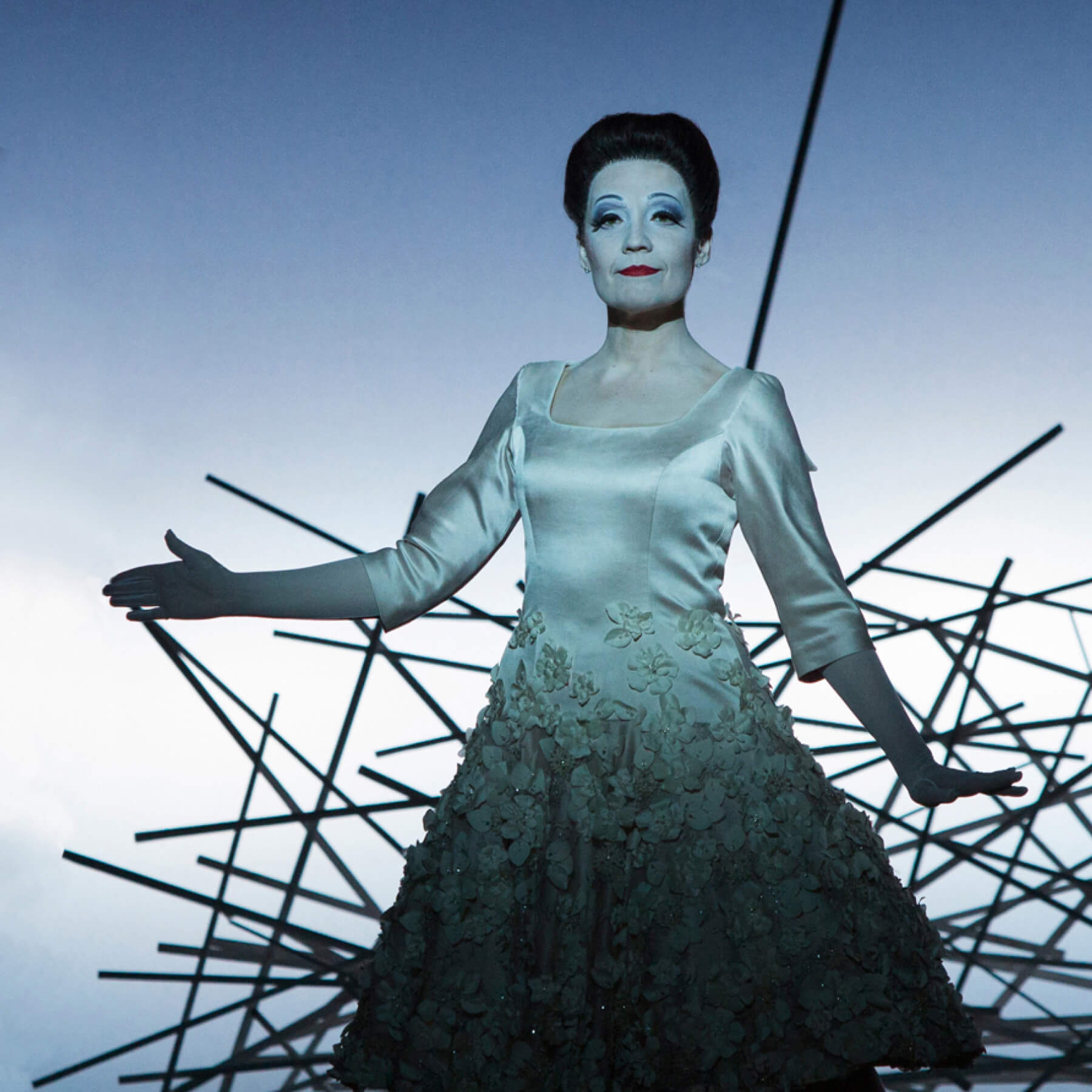
film screening
January 7, 2022
Купить билет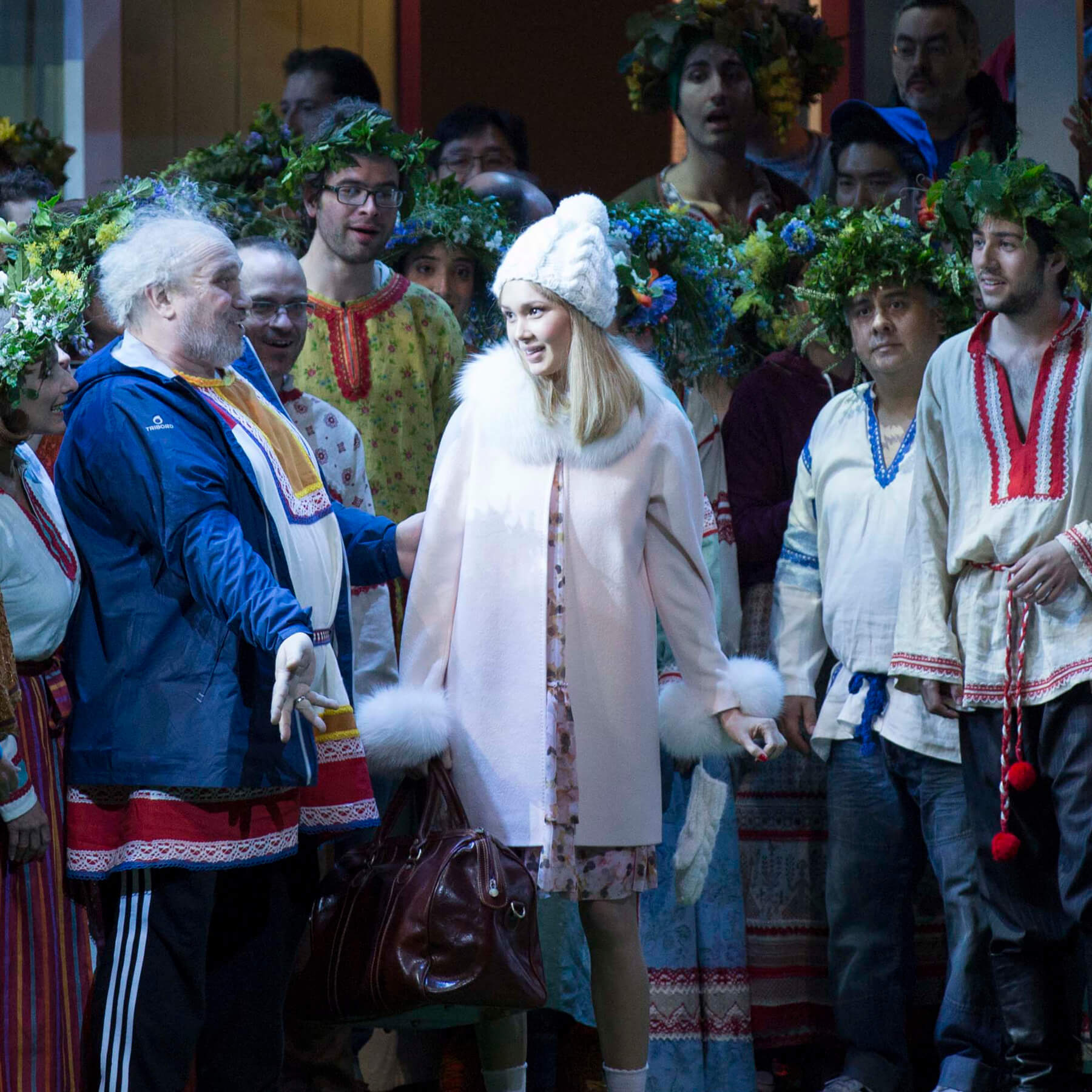
film screening
January 9, 2022
Купить билет
workshop
September 25 - December 25
Купить билет
workshop
September 29 - December 26
Купить билет
film screening
January 7, 2022
Купить билет
film screening
January 9, 2022
Купить билетМосква, Дольская д.1, Большой дворец
+7 495 322-44-33